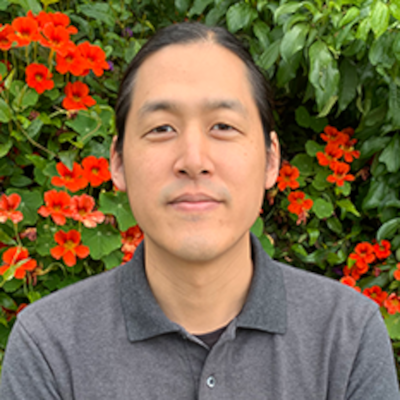Theodore Kim
- Affiliation: Yale University
- Web Site: https://seas.yale.edu/faculty-research/faculty-directory/theodore-kim
- Email: theodore.kim [at] yale.edu
- Title: The Character of Computer Animation Research
- Date & room: Monday, 3rd July at 9:00 - 10:00 (Room: San Salvatore)
Abstract
Like all areas of research, physics-based simulation for computer animation encapsulates a core set of foundational problems. These include the simulation of smoke, water, and solids such as muscles and skin, efficient ways of controlling these simulations, and methods for dealing with their geometry. But where did these formulations come from, and how universal are they? In this talk, I will discuss their historical provenance. Far from being universal, they are highly tailored to analog-era industrial techniques from Walt Disney Animation Studios and Industrial Light and Magic. How does this then shape our perceptions, and what counts as valid research problems and solutions? I will not have many answers, but I hope to raise a few questions.
Biography
Theodore Kim received a BS in Computer Science in 2001 from Cornell and a PhD in Computer Science from UNC Chapel Hill in 2006 under the supervision of Ming Lin. He was a Post-Doctoral Fellow at IBM TJ Watson Research Center in 2007, and a Post-Doctoral Associate at Cornell University from 2008-2009 under the supervision of Doug James. From 2011-2015, He was a faculty member at UCSB in the Media Arts and Technology Program and the Department of Computer Science. While there, He received the UCSB Harold J. Plous Award (Junior Faculty of the Year). From 2009-2011, I was an Assistant Professor in CS at the University of Saskatchewan. He interned for Rhythm and Hues Studios in 2001 and 2002.
